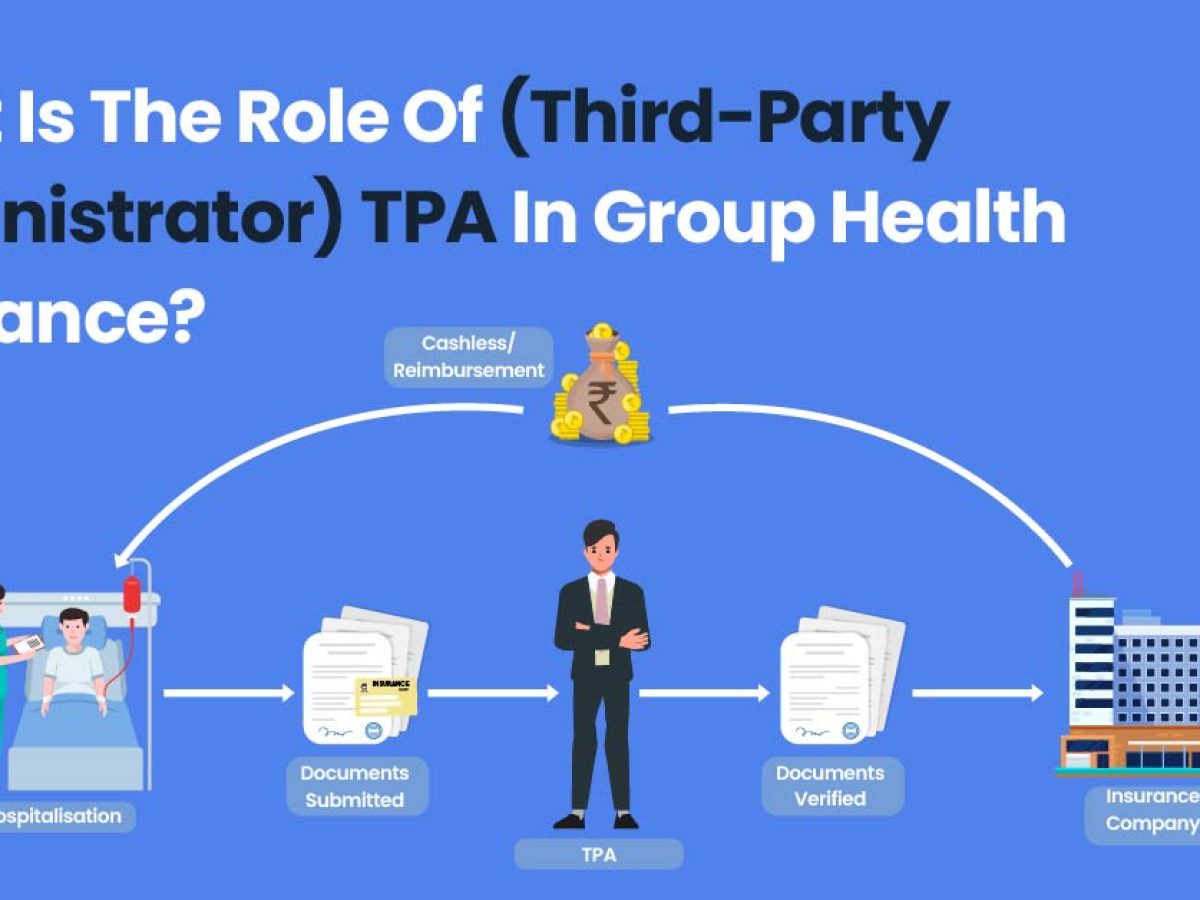Pacific Prime - The Facts
Table of ContentsSome Of Pacific PrimeThe Facts About Pacific Prime RevealedExamine This Report about Pacific PrimeThe Pacific Prime IdeasSome Known Incorrect Statements About Pacific Prime

This is since the information were gathered for a period of solid financial performance. Of the estimated 42 million people that were uninsured, all yet regarding 420,000 (about 1 percent) were under 65 years old, the age at which most Americans become qualified for Medicare; 32 million were adults between ages 18 and 65, around 19 percent of all grownups in this age group; and 10 million were kids under 18 years old, about 13.9 percent of all kids (Mills, 2000).
These estimates of the variety of individuals uninsured are created from the annual March Supplement to the Existing Population Survey (CPS), conducted by the Census Bureau. Unless or else noted, nationwide price quotes of people without wellness insurance coverage and percentages of the populace with different type of protection are based upon the CPS, one of the most commonly made use of resource of price quotes of insurance protection and uninsurance prices.
The 5-Minute Rule for Pacific Prime

Still, the CPS is especially valuable due to the fact that it generates yearly quotes fairly swiftly, reporting the previous year's insurance coverage estimates each September, and because it is the basis for a constant set of estimates for greater than twenty years, enabling for analysis of trends in protection with time. For these factors, as well as the substantial use of the CPS in other research studies of insurance coverage that exist in this record, we count on CPS price quotes, with limitations kept in mind.

The quote of the number of without insurance people increases when a population's insurance standing is tracked for several years. Over a three-year duration beginning early in 1993, 72 million individuals, 29 percent of the united state population, were without coverage for at the very least best site one month. Within a single year (1994 ), 53 million people experienced a minimum of a month without protection (Bennefield, 1998a)
Six out of every 10 uninsured adults are themselves used. Although working does improve the chance that and one's relative will have insurance coverage, it is not a guarantee. Also members of families with 2 full time breadwinner have virtually a one-in-ten possibility of being uninsured (9.1 percent without insurance rate) (Hoffman and Pohl, 2000).
The 9-Minute Rule for Pacific Prime
New immigrants account for a significant proportion of people without wellness insurance. One analysis has actually connected a significant part of the current growth in the size of the united state without insurance population to immigrants who showed up in the nation in between 1994 and 1998 (Camarota and Edwards, 2000). Current immigrants (those who involved the United States within the past 4 years) do have a high price of being uninsured (46 percent), but they and their kids make up simply 6 percent of those without insurance country wide (Holahan et al., 2001).
The partnership in between health insurance coverage and accessibility to care is well developed, as recorded later on in this chapter. Although the relationship between medical insurance and health and wellness results is neither direct nor basic, an extensive medical and health services research literature links medical insurance coverage to improved accessibility to care, far better top quality, and boosted individual and populace health and wellness status.
Degrees of evaluation for checking out the results of uninsurance. This discussion of health insurance policy coverage focuses largely on the U.S. population under age 65 due to the fact that basically all Americans 65 and older have Medicare or other public coverage. It focuses especially on those without any type of health insurance for any type of length of time.
All about Pacific Prime
The issues faced by the underinsured are in some respects comparable to those encountered by the without insurance, although they are usually much less severe. Health and wellness insurance coverage, however, is neither essential nor adequate to get accessibility to clinical services. The independent and straight result of health insurance policy coverage on accessibility to health and wellness services is well developed.
Others will get the health and wellness treatment they need even without medical insurance, by spending for it expense or seeking it from carriers who offer treatment totally free or at extremely subsidized rates. For still others, health insurance coverage alone does not guarantee invoice of care due to other nonfinancial barriers, such as an absence of healthcare companies in their community, restricted accessibility to transportation, illiteracy, or etymological and cultural distinctions.
Not known Details About Pacific Prime
Formal research concerning without insurance populations in the United States dates to the late 1920s and early 1930s when the Board on the Price of Medical Treatment generated a series of reports regarding funding medical professional workplace check outs and hospital stays. This concern ended up being salient as the numbers of clinically indigent climbed throughout the Great Depression.